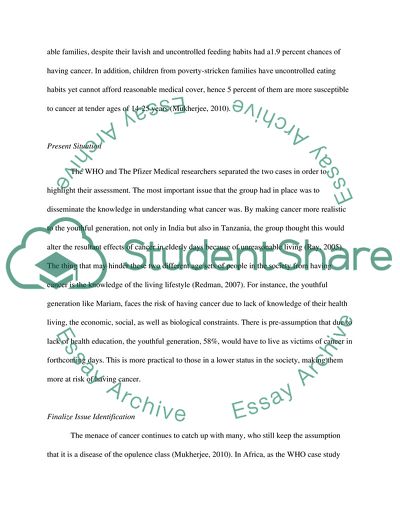Cite this document
(“The Indiscriminate Nature of Cancer Case Study Example | Topics and Well Written Essays - 1250 words”, n.d.)
The Indiscriminate Nature of Cancer Case Study Example | Topics and Well Written Essays - 1250 words. Retrieved from https://studentshare.org/health-sciences-medicine/1694016-case-study-of-cancer
The Indiscriminate Nature of Cancer Case Study Example | Topics and Well Written Essays - 1250 words. Retrieved from https://studentshare.org/health-sciences-medicine/1694016-case-study-of-cancer
(The Indiscriminate Nature of Cancer Case Study Example | Topics and Well Written Essays - 1250 Words)
The Indiscriminate Nature of Cancer Case Study Example | Topics and Well Written Essays - 1250 Words. https://studentshare.org/health-sciences-medicine/1694016-case-study-of-cancer.
The Indiscriminate Nature of Cancer Case Study Example | Topics and Well Written Essays - 1250 Words. https://studentshare.org/health-sciences-medicine/1694016-case-study-of-cancer.
“The Indiscriminate Nature of Cancer Case Study Example | Topics and Well Written Essays - 1250 Words”, n.d. https://studentshare.org/health-sciences-medicine/1694016-case-study-of-cancer.


